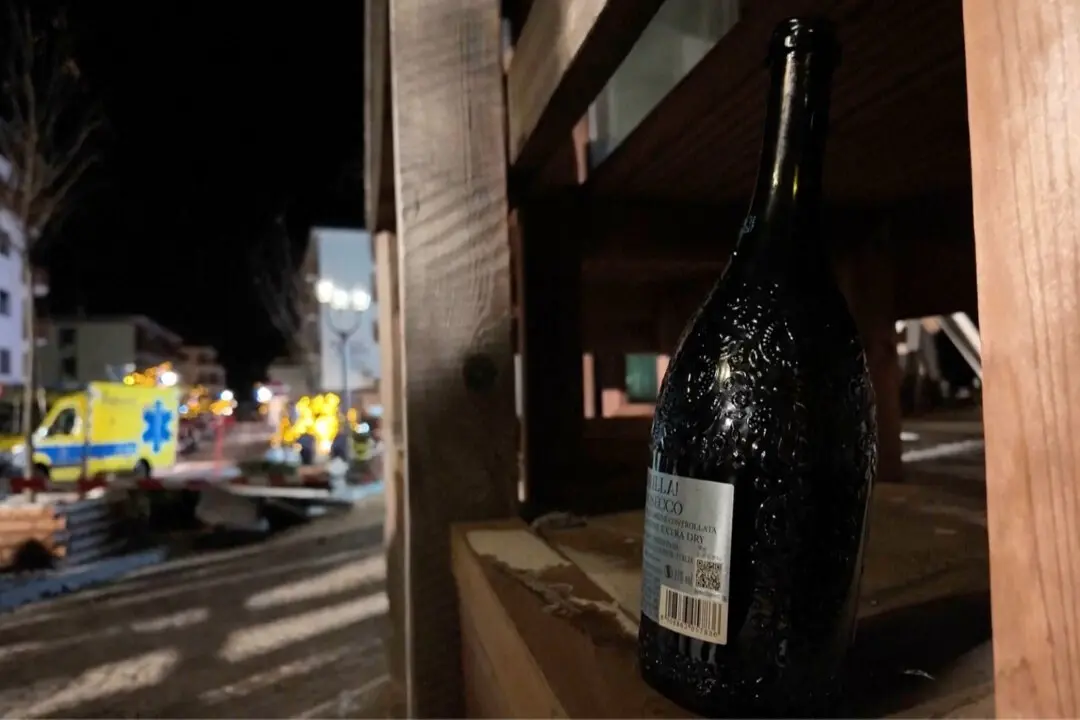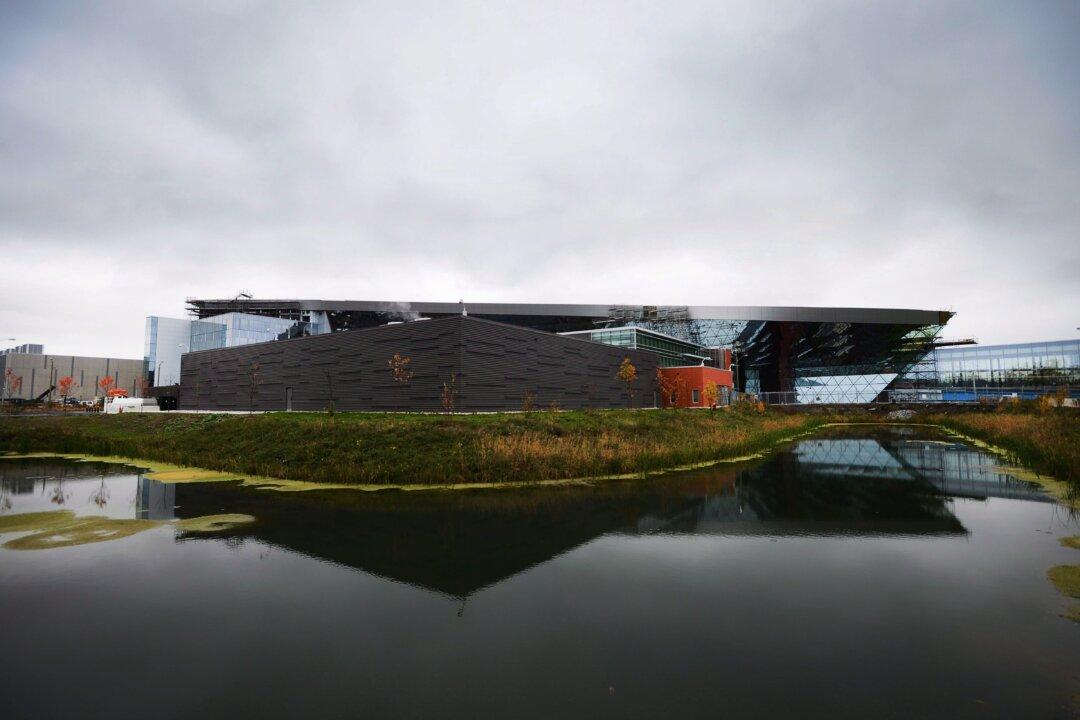BERGEN-OP-ZOOM, Netherlands—Canadian Pte. Albert Laubenstein found his final resting place on Wednesday, 70 years after he was killed during the Allied advance through the Netherlands in the closing months of Second World War.
His remains—identified through a combination of dental records, historical context and artifacts—were found only last year and his burial was one of the highlights of a week of remembrances and celebrations to mark Canada’s part in the liberation of the Netherlands.




